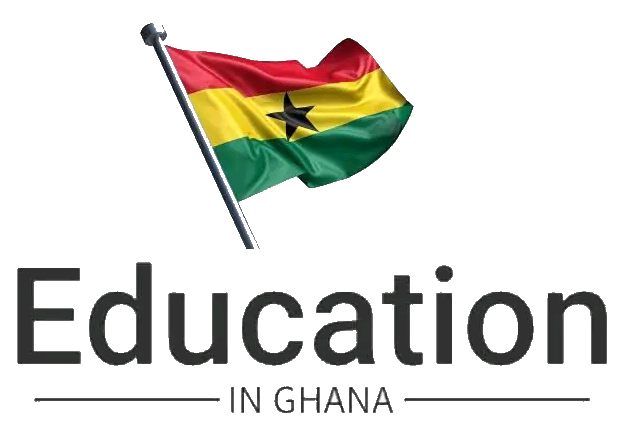Table of contents
- Kuwaiti Dinar (KWD)
- Bahraini Dinar (BHD)
- Omani Rial (OMR)
- Jordanian Dinar (JOD)
- British Pound Sterling (GBP)
- Swiss Franc (CHF)
- United States Dollar (USD)
- Saudi Riyal (SAR)
- Danish Krone (DKK) :
- Swedish Krona (SEK)
- Australian Dollar (AUD)
- New Zealand Dollar (NZD)
- Qatari Riyal (QAR)
- Brunei Dollar (BND)
- Korean Won (KRW)
- Israeli New Shekel (ILS)
- Chinese Yuan (CNY)
- Macanese Pataca (MOP)
- Indian Rupee (INR)
- Euro (EUR)
Here are the strongest currencies in the world. These are being arranged in no particular order. These currencies usually compete good on the international market.
Kuwaiti Dinar (KWD)
The Kuwaiti Dinar is the highest-valued currency in the world. It is symbolized as “K.D.” is further subdivided into 1,000 fils.
Kuwait’s economy is heavily dependent on oil exports, and the country has substantial oil reserves, which contributes to the strength of its currency.
The Central Bank of Kuwait plays a key role in maintaining the stability of the Kuwaiti Dinar.
Bahraini Dinar (BHD)
The Bahraini Dinar is symbolized as “BD” is also divided into 1,000 fils.
Bahrain has a well-developed financial sector and a relatively stable economy, contributing to the strength of its currency.
Omani Rial (OMR)
The Omani Rial is the currency of Oman, symbolized as “﷼” or ر.ع. and divided into 1,000 baisa.
Oman is an oil-exporting country with a strong economy, which supports the value of its currency.
Jordanian Dinar (JOD)
The Jordanian Dinar is represented as “JD” or د.ا, and it is subdivided into 1,000 fils.
Jordan’s currency is considered strong due to its relatively stable economy and the country’s ability to attract foreign investments.
British Pound Sterling (GBP)
The British Pound, symbolized as “£,” is one of the strongest currencies in Europe and the world.
The strength of the GBP is influenced by the United Kingdom’s robust financial sector, stable government, and a long history of economic stability.
Swiss Franc (CHF)
The Swiss Franc is the currency of Switzerland, symbolized as “Fr” or “SFr.” and divided into 100 centimes.
Switzerland is known for its financial stability, strong banking system, and low inflation, which make the Swiss Franc one of the world’s strongest currencies.
United States Dollar (USD)
The U.S. Dollar, represented as “$,” is globally dominant and is often used as a benchmark for measuring currency strength.
The strength of the USD is influenced by the size and diversity of the U.S. economy, the role of the U.S. in global trade, and its status as the world’s primary reserve currency.
Saudi Riyal (SAR)
The Saudi Riyal is the currency of Saudi Arabia, symbolized as “ر.س” or “SAR,” and is divided into 100 halalas.
Saudi Arabia’s strong economy, largely driven by oil exports, contributes to the strength of its currency.
Danish Krone (DKK):
The Danish Krone, symbolized as “kr” or “DKK,” is the official currency of Denmark, Greenland, and the Faroe Islands.
Denmark’s stable economy and social welfare system help maintain the strength of its currency.
Swedish Krona (SEK)
The Swedish Krona, symbolized as “kr” or “SEK,” is the currency of Sweden.
Sweden’s robust export-oriented economy and fiscal discipline contribute to the strength of its currency.
Australian Dollar (AUD)
The Australian Dollar, symbolized as “A$” or “AUD,” is the currency of Australia, as well as several Pacific Island nations.
Australia’s abundant natural resources and strong financial sector contribute to the strength of its currency.
New Zealand Dollar (NZD)
The New Zealand Dollar, symbolized as “NZ$” or “NZD,” is the currency of New Zealand and its territories.
New Zealand’s stable and diversified economy supports the value of its currency.
Qatari Riyal (QAR)
The Qatari Riyal is the currency of Qatar, symbolized as “ر.ق” or “QAR,” and is divided into 100 dirhams.
Qatar’s strong economy, driven by natural gas exports, contributes to the strength of its currency.
Certainly, here are a few more currencies that are considered strong:
Brunei Dollar (BND)
The Brunei Dollar, symbolized as “$” or “BND,” is the currency of Brunei.
Brunei’s economy, which is heavily reliant on oil and gas exports, supports the strength of its currency.
Korean Won (KRW)
The Korean Won, symbolized as “₩” or “KRW,” is the currency of South Korea.
South Korea has a strong industrial base, advanced technology, and a significant presence in global markets, which helps maintain the value of its currency.
Israeli New Shekel (ILS)
The Israeli New Shekel is symbolized as “₪” or “ILS” and is divided into 100 agorot.
Israel’s developed high-tech sector and diversified economy contribute to the strength of its currency.
Chinese Yuan (CNY)
The Chinese Yuan, also known as the Renminbi (RMB), is the official currency of the People’s Republic of China, symbolized as “¥” or “CNY.”
China is one of the world’s largest economies, and its currency has been gaining international prominence.
Macanese Pataca (MOP)
The Macanese Pataca, symbolized as “MOP” or “MOP$”, is the currency of Macau.
Macau’s strong gaming and tourism industry, along with its proximity to mainland China, contributes to the strength of its currency.
Indian Rupee (INR)
The Indian Rupee, symbolized as “₹” or “INR,” is the currency of India.
India’s large and diverse economy has been a key factor in the value of its currency.
Euro (EUR)
The Euro is the official currency of 19 of the 27 European Union member states, as mentioned earlier.
It’s important to note that the strength of the Euro can vary between countries in the Eurozone.








